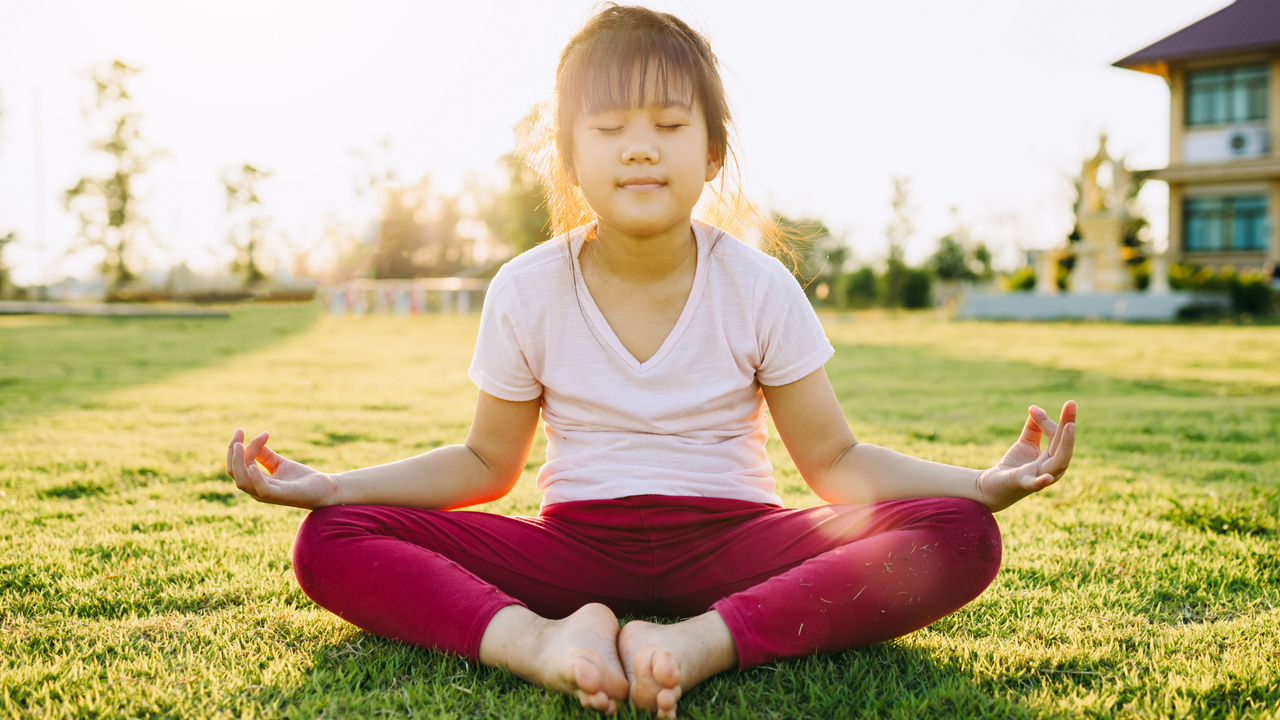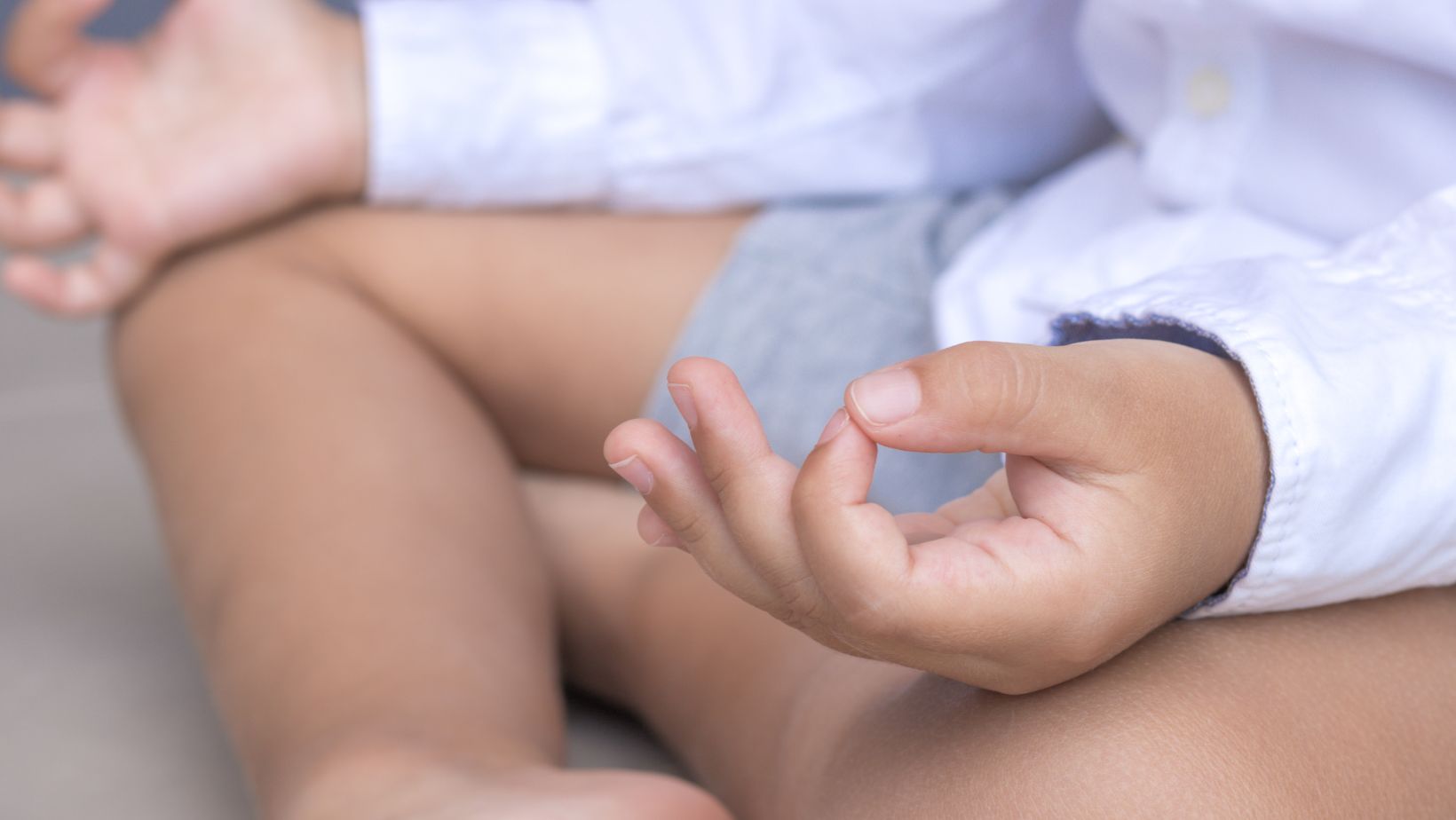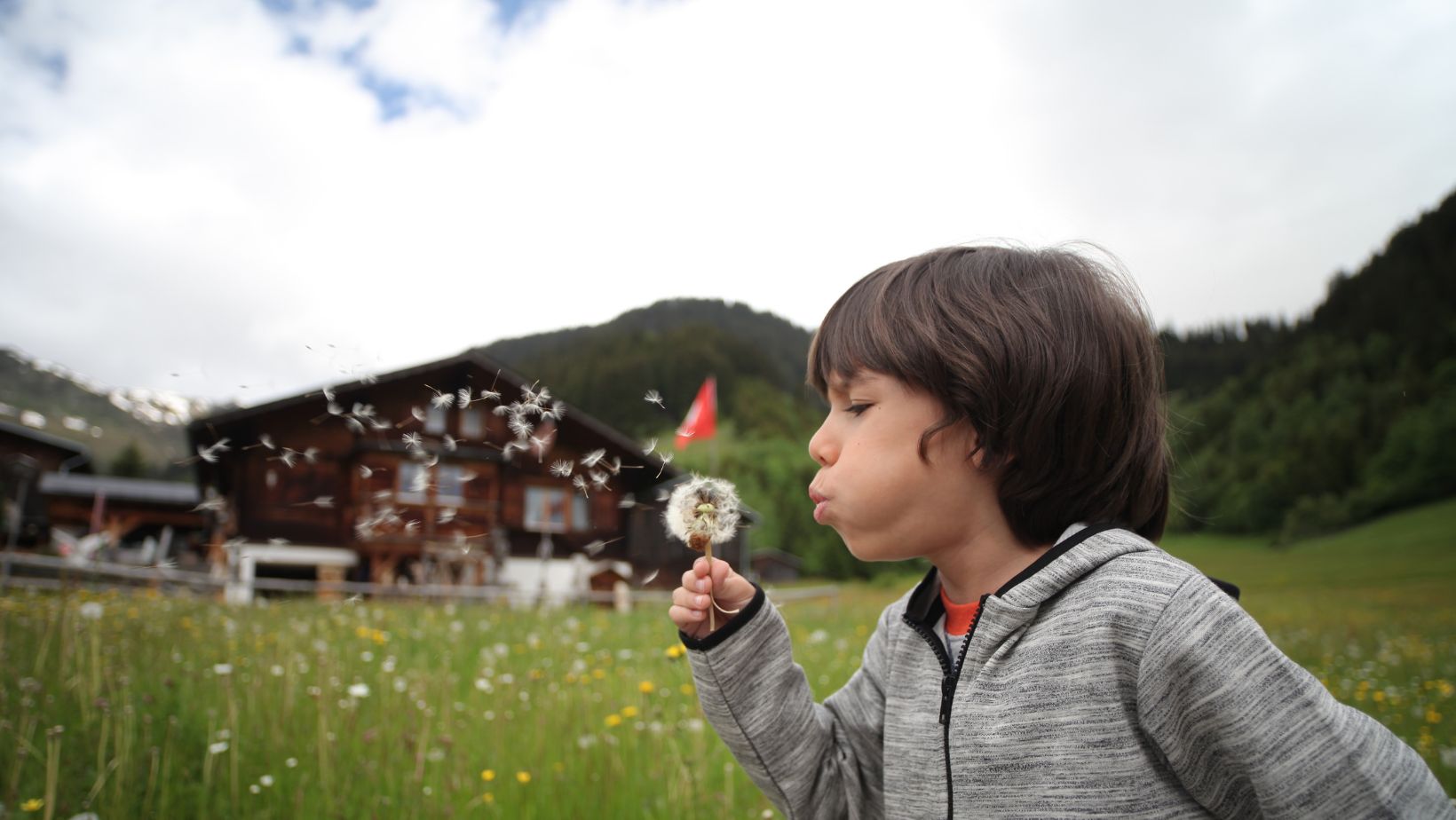Finding Calm in the Chaos
May 06, 2022
Spring is here in the northern hemisphere! A time for renewal, rebirth, and rejuvenation. The symbolism of Spring is a beautiful opportunity to begin releasing habits that are no longer serving us. Just as the butterfly releases its caterpillar form and emerges as a butterfly, as caregivers we can reflect upon these as opportunities for change.
So how does Spring bring about the idea of finding calm in the chaos? Well, Spring brings April showers, muddy walking trails, and messy pollen- things we may initially see as undesirable, but what if we consider shifting our perspective?
We invite you and your children to practice powerful ways of applying mindfulness skills and knowledge of the natural world to find calm ways of thinking and feeling..to find calm in the midst of chaos!
Here are a few practices to support your mindfulness journey.

VISUALIZATION & MEDITATION
The practice of visualization is...
Picture this, the snow starts melting and seedlings begin to find space to emerge from underneath the cold of the Winter Earth. You can sense a freshness in the air. You breathe in deeply, noticing the natural sweet aroma of the flowers blooming around you. The warmth of the sun is kissing your skin as you feel a familiar uplifting sense of hope and growth. The walking trails are inviting you to run, rainboot ready, to splash and sink into the Earth’s rebirth. The ground is painted with the colors of pollen that has fallen. You feel calm, connected, and at peace.
 BREATHWORK
BREATHWORK
Practicing Mindful Breathing is an invaluable tool to help children calm down during stressful times. It’s a joyful practice to bring both focused attention to our breath and bring a little bit of happy into the moment. Controlled, conscious breathing can help balance a child’s mind, body, and spiritual needs, help to manage their emotions, and support the powerful notion that we are in control of all of this. Young children respond positively to mindful breathing and it's easy, free and accessible to us! .
- Breathing like a bumble bee, inhaling slowly and exhaling to a gentle buzz- even buzzing around happily, maybe inviting some pollinating action!
- Humming like a hummingbird with legs in butterfly pose, flapping and inhaling deeply to hum a constant hmmmm. Doing this in unisom is incredibly powerful! This simple technique helps the child bring their awareness inside, creating a grounded feeling.
- Pretending to softly blow out birthday candles is an excellent way to show a toddler how to collect their emotions after an outburst or tantrum. Keep it fun and pretend to enjoy a slice of birthday cake to top it off.
- Pretending to blow up an imaginary balloon by breathing out slowly and then deflating it by breathing in slowly. You can make the exercise visual by holding an expandable sphere (available at toy stores as a Hoberman sphere) and having the child grow and shrink it with their hands as they breathe. This slow, controlled breathing creates an overall sense of peace and calm.
Children connect so well with breathwork and their are so many more ways nurture this; bunny breaths-snake hissing, inhaling and exhaling through a tiny straw, or even blowing away the wisps of a dandelion!

CREATIVE ART
Observational drawing is a calm practice of connecting with nature. Children can mindfully focus on the small details of a flower, tree, mountain, leaf and bring it to life on paper. It asks a child to delight in the beauty of the Earth. Using their senses to cognitively connect the stimuli and the feeling. Children can be given a choice of materials to complete their drawing including but not limited to paint, markers, watercolor, crayons, pastels, etc. The goal is to remain present in the process of creation. There is no right or wrong way to invent their natural art; every perspective of what they see is their own. It’s important to honor this, so maybe one child’s picture of a flower is very realistic with oval shaped petals while another child’s is splashes of blended colors with no identifiable shapes. When a child is fully absorbed in their artistic work, they are fully present and be mindful of the object they are zeroed in on.
Consider using these prompts to help kids connect with what they observe and what they’ll create:
- What colors do you notice? Shapes? Patterns? Shadow?
- How big is the _______?
- Are there things surrounding it bigger or smaller than it?
- Does it feel/look soft, rough, strong, fragile?
- What does _____ make you feel? Joyful, Calm, Sad?
We hope these activities will bring some springtime mindfulness into your lives and a bit of joy. Remember to enjoy the small things and acknowledge that even in nature there is necessary chaos for rebirth. Through the small things we still have to appreciate, like nature, we can aspire to be more present and share those values with the children we care for.

